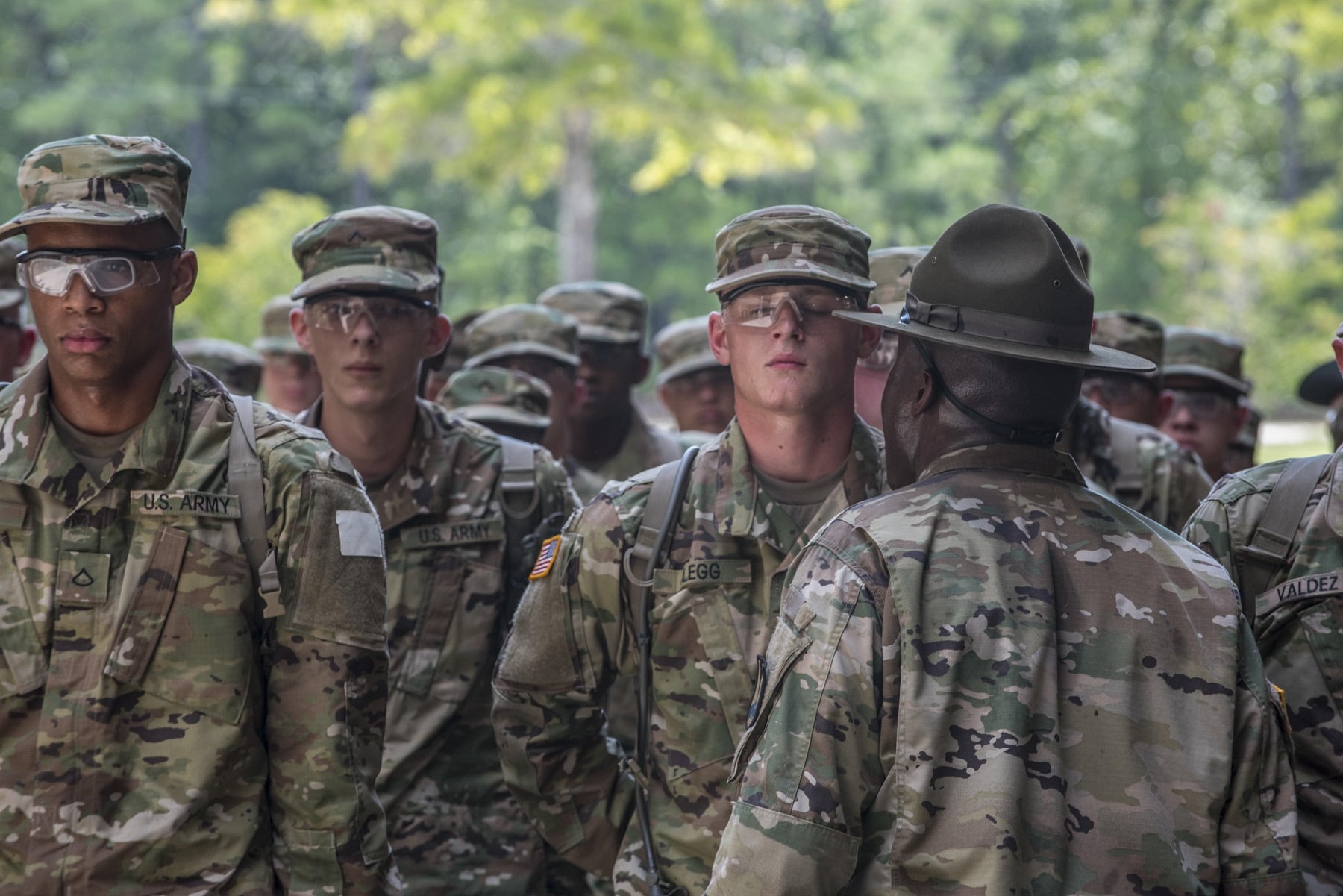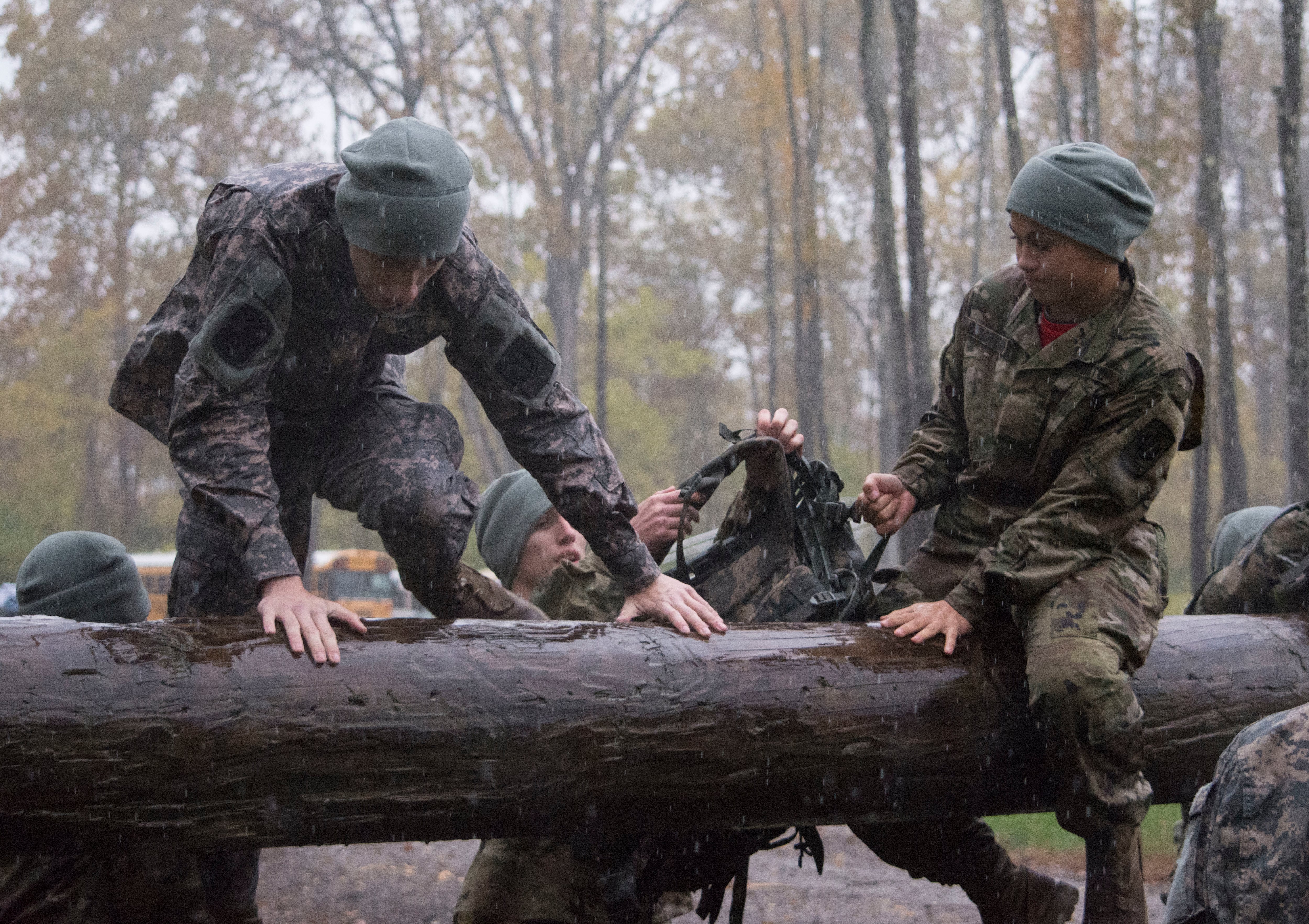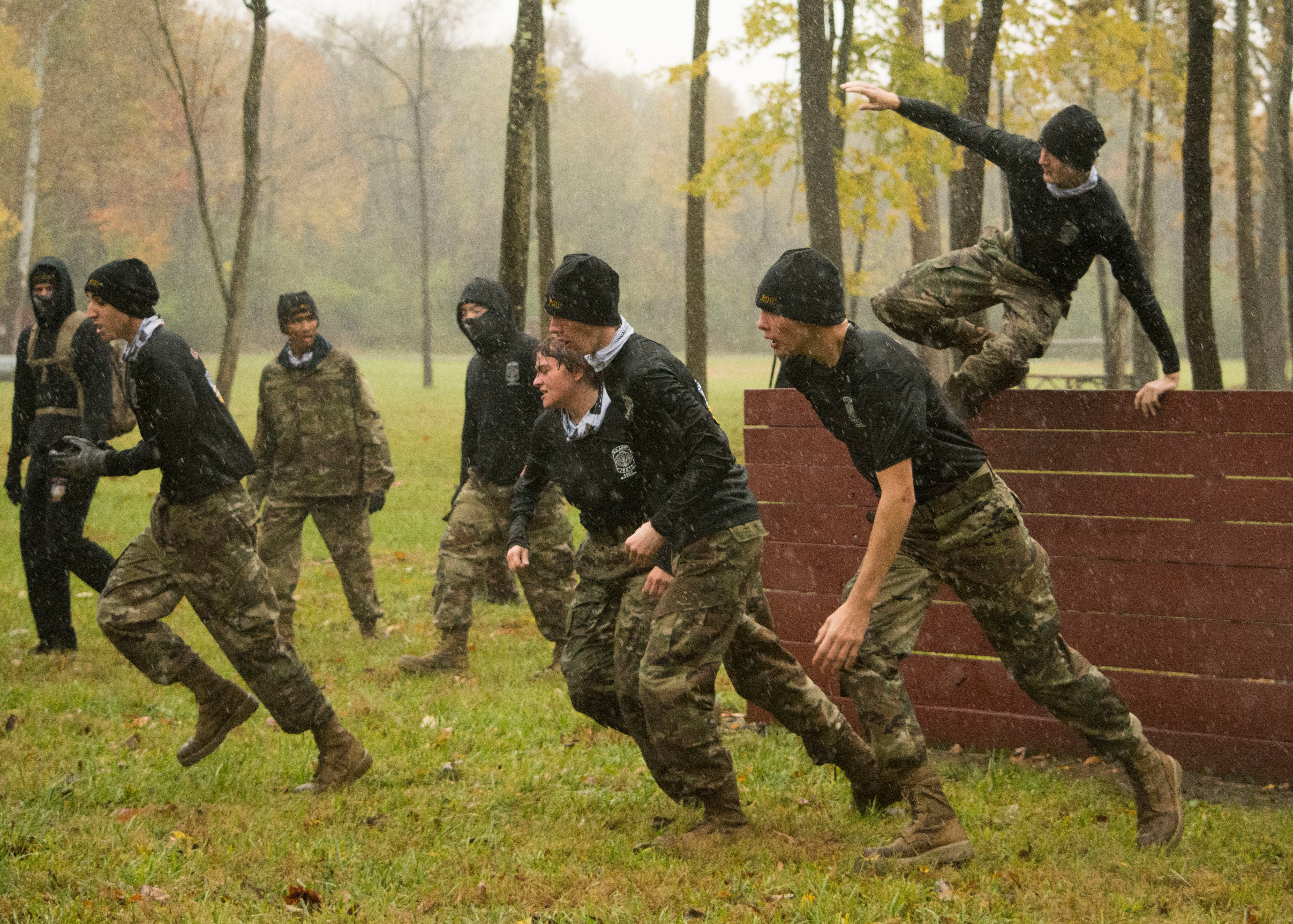One of the Army’s biggest strategic challenges over the next few decades will be continuing to staff its all-volunteer force amid a shrinking population of capable and interested youth — but high school JROTC units could be part of the solution.
The Army has been “tearing apart” its recruitment data to figure out how to boost its accessions in an increasingly competitive job market. One of the solutions potentially on the horizon involves more focus on the Junior Reserve Officer Training Corps at high schools.
The service, which is trying to grow to 500,000 active-duty soldiers by 2028, has found that Americans at high schools with JROTC programs are more than twice as likely to enlist after graduation, according to Maj. Gen. John R. Evans, Jr., who helms Army Cadet Command.
“And you don’t have to even participate in the program," Evans told a crowd at an Association of the U.S. Army forum Wednesday. “The mere presence of the program at your high school has at least a corollary effect on your desire or your willingness or your propensity to serve your nation. So, pretty powerful data point there for us.”
“Army senior leaders are currently looking very hard at what we’re doing with Junior ROTC and trying to decide if we’ve got it right or if perhaps we need some more of this," Evans added.
However, there are always problems with expansion.
“Junior ROTC, and the senior programs to a little bit less of a degree, can be political footballs," Evans said. "Once you plant a Junior ROTC program somewhere, if it does not attrit of its own volition, you’re very unlikely to be able to shut it down, so it’s a sunk cost. So senior leaders want to be very deliberate about expanding.”
RELATED

Army Cadet Command has oversight of the Army’s JROTC and college ROTC programs. Some cadets in even the regular ROTC program end up enlisting, as well, due to academic trouble or a change in career plans that would best be solved through a more immediate military career.
But Evans noted that his command is also interested in nurturing “world-class citizens,” especially at the high school level.
“It is, first and foremost, a citizenship program,” he said. “Junior ROTC kids are typically going to have higher GPAs, they’re going to have higher graduation rates, they’re going to have lower teen pregnancy, they’re going to have lower gang violence [and] lower drop out rates.”
“Everybody where we’ve got programs loves them, from teachers to guidance counselors to superintendents to governors to members of Congress," he added.
The Army owns about half of the 3,400 Junior ROTC programs managed by the U.S. Defense Department. That means that roughly 305,000 kids are members of Army-specific JROTC programs.
JROTC may be an increasing focus for the service as it attempts to meet tough recruiting needs year-after-year. The Army failed to meet its 2018 goal of enlisting 76,500 soldiers, but was able to make the numbers this year after dropping the goal to 68,000 soldiers.

Army Cadet Command and Army Recruiting Command took a look at various data sets to identify strengths and weaknesses for the accessions enterprise at the behest of Secretary of the Army Ryan D. McCarthy.
“We found that somewhere between 20-25 percent of kids in Junior ROTC will go on to serve in the military somewhere,” Evans said. "They’ll either go to a service academy, they’ll matriculate into the senior ROTC program or they will enlist into one of the services.”
Even for those that don’t join the the Army, or any other service, JROTC is a boon for the military, though.
“One of our biggest strategic challenges moving forward is being able to man the all-volunteer force,” Evans said. “So what we do by introducing young men and women to the Army culture in Junior ROTC ... is we demonstrate to them that this is a culture of purpose and meaning.”
For the 75-80 percent of high school students in JROTC who don’t enlist, the program still introduces them to the military and increases the chances that they will recommend or “influence” others to join in the future, according to Evans.
Kyle Rempfer was an editor and reporter who has covered combat operations, criminal cases, foreign military assistance and training accidents. Before entering journalism, Kyle served in U.S. Air Force Special Tactics and deployed in 2014 to Paktika Province, Afghanistan, and Baghdad, Iraq.





